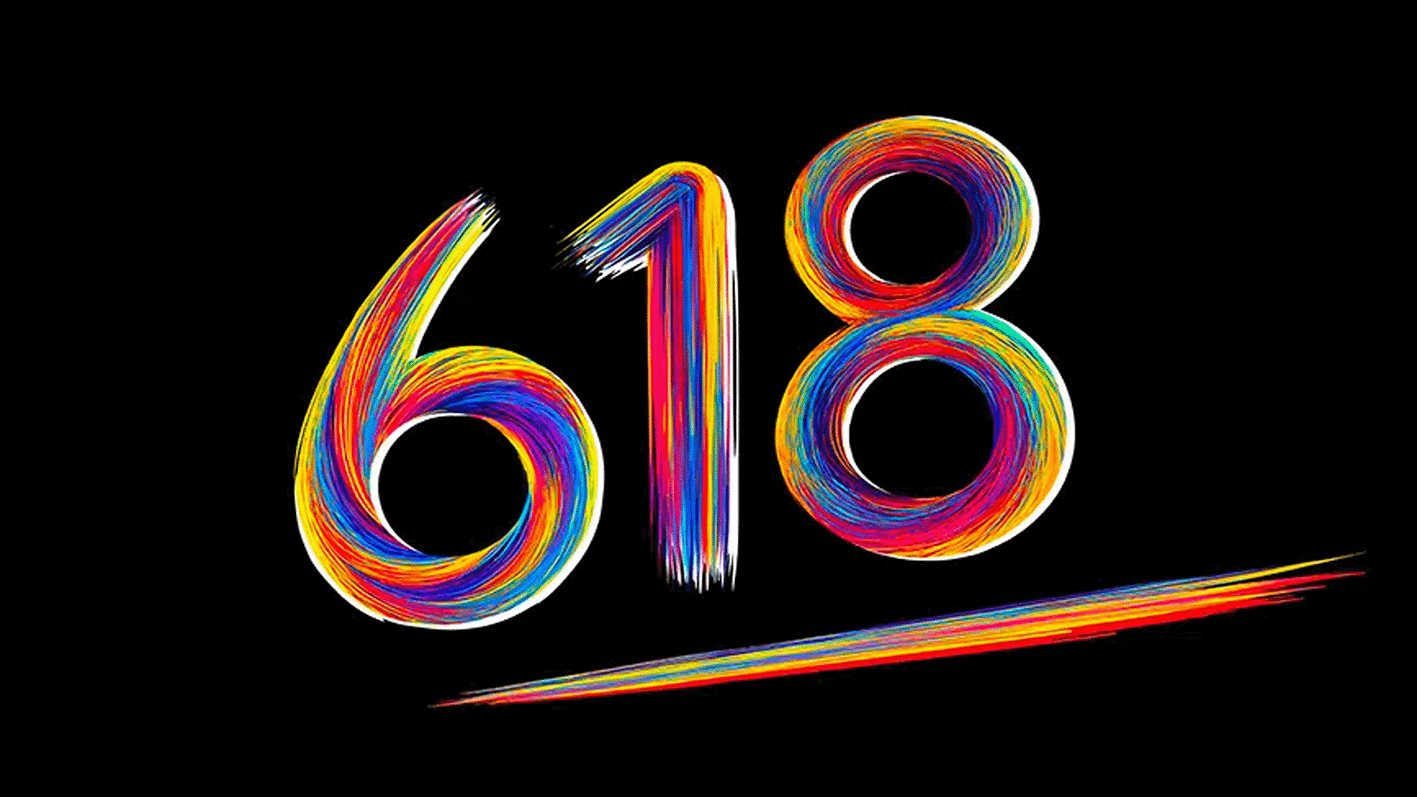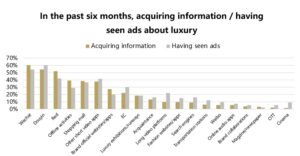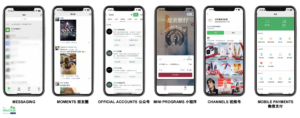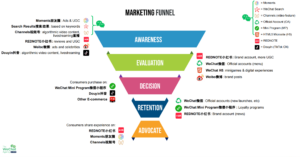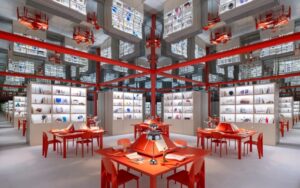When discussing B2B marketing in China, WeChat is often the first platform that comes to mind—and for good reason. But to truly maximize your impact in the Chinese B2B market, a broader omni-channel approach is necessary. Several other Chinese social media platforms—like Weibo, Zhihu, and Maimai—offer powerful opportunities to connect with industry professionals, position your brand as a thought leader, and find new business leads.
Here’s how to leverage these platforms in your B2B strategy:
1. Weibo: Build Awareness and Monitor Industry Trends
Weibo is one of China’s largest microblogging platforms, offering real-time engagement and trend discovery. For foreign B2B brands entering the market, Weibo serves as a gateway to build brand awareness and join industry conversations.
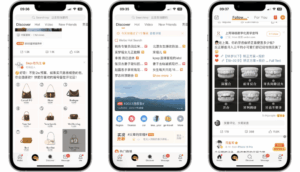
Key Benefits:
- Use hashtags to follow relevant conversations and competitors
- Publish thought leadership content and company updates
- Discover local partners and events by tracking trending keywords
Best Use Case:
Early-stage market entry, brand visibility, and competitor monitoring.
2. Zhihu: Establish Thought Leadership
Zhihu, China’s leading Q&A platform, is widely used by professionals seeking credible, in-depth knowledge. With its highly educated and engaged user base, Zhihu is ideal for demonstrating expertise and winning trust.
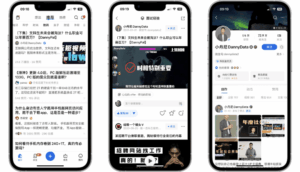
Key Benefits:
- Answer industry-related questions to position your brand as a trusted expert
- Publish long-form articles, whitepapers, and case studies
- Build brand authority over time with consistent, high-quality engagement
Best Use Case:
Mid-funnel content strategy and thought leadership for vertical industries (e.g., SaaS, tech, manufacturing).
3. Maimai: Tap into China’s B2B Professional Network
Maimai is often referred to as China’s LinkedIn. It connects verified professionals and businesses, making it an ideal platform for lead generation, recruitment, and corporate branding in the B2B space.

Key Benefits:
- Reach decision-makers directly through Maimai’s professional network
- Run employer branding campaigns to attract talent and partners
- Participate in B2B forums to grow visibility in your niche
Best Use Case:
Corporate relationship building, talent acquisition, and high-level B2B engagement.
Final Thoughts: Adopt an Omni-Channel Strategy for B2B Success
While WeChat remains the cornerstone of B2B digital marketing in China, platforms like Weibo, Zhihu, and Maimai offer complementary benefits that support brand visibility, industry credibility, and lead generation.
By integrating these platforms into your marketing strategy, you can:
- Diversify touchpoints with target audiences
- Build trust through content and dialogue
- Stay agile in a dynamic digital ecosystem
Need help creating a China-ready B2B marketing plan?
Contact us today to develop a multi-platform strategy tailored to your business goals.

